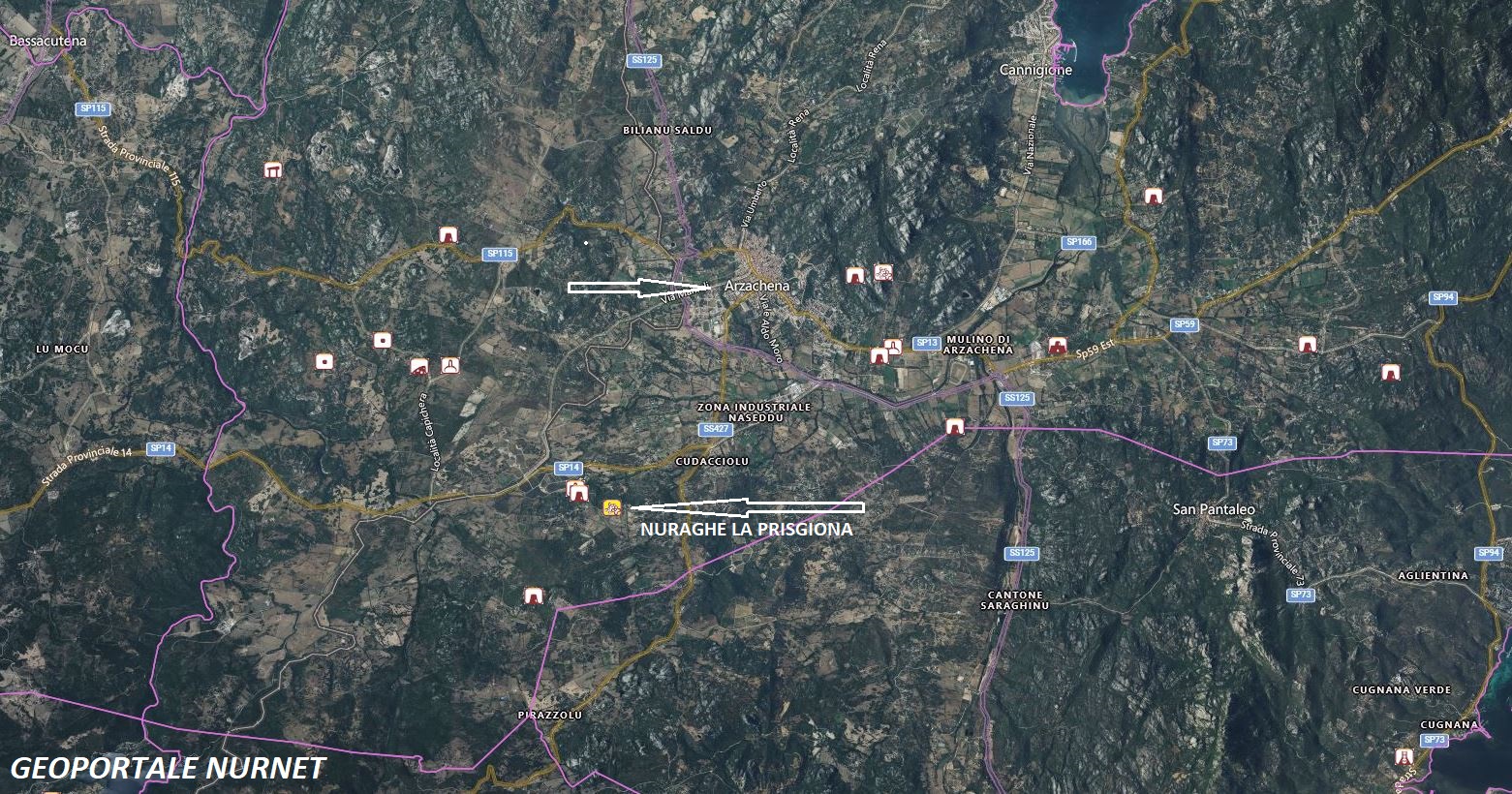A journey into a distant past, between ingenuity and splendor, discovering a majestic monument immersed in the Mediterranean greenery. The ‘stone giant’The Prisgionaslowly rewrites the Nuragic age, unveiling the mysteries that surround it. Dimensions, architecture, and location suggest the significant role of the site, aunicumin Gallura, among the most fascinating of the Island. It was a reference point for a vast territory, a sort of metropolis of those times, consisting of a fortress, a huge village, and a funerary monument. The life of the complex, which arose on a previous ‘corridor’ structure, spans a long time frame (14th-8th century B.C.), followed by a brief period of use at the end of Roman times (4th-5th A.D.).PrisgionaIt is the archaeological pearl of Arzachena, perched on a granitic relief that overlooks the valley ofCapichera, ten minutes from the town and a few kilometers from the beaches of Costa Smeralda and the glamour of Porto Cervo. A spectacular panorama of hills ’embroidered’ with vermentino vineyards frames the nuraghe, consisting of a central tower (mastio) and two side towers connected by a curvilinear bastion.
You will see, at the base, blocks that are only roughly hewn and arranged irregularly, while as you go up, the stones become more worked, the rows orderly. Its majesty is described by the entrance lintel, three meters long and weighing seven tons. The hallway leads to the right to a niche, to the left to the stairs for the first floor, and in the center to a circular room, almost seven meters high, equipped with three small niches and covered with a tholos (false dome).
A powerful curtain wall surrounds the central tower and incorporates the two side towers. It is in turn protected by a forewall, erected in a second phase. The two walls delimit a large courtyard. In the center, a well, which ensured the water supply of the complex. Seven meters deep, it is still functioning! Next to it, in the Final Bronze Age, the ‘meeting hut’ arose, equipped with a ring bench where the most influential personalities of the community sat. In addition to bowls, a trough, and a lamp, a jug half a meter tall, with an unusual shape and unprecedented decorations, was found, likely used to distill and serve a special drink intended for participants in political and religious ritual gatherings. Numerous and precious ceramic finds, depicting scenes of daily life, have been discovered in the well: stoves, pots, jugs, cups, and spinning tools. The small jugs used in the assembly hut also contained wine, confirming that viticulture was a reality in Sardinia over three thousand years ago. (from: Sardegna Turismo)








